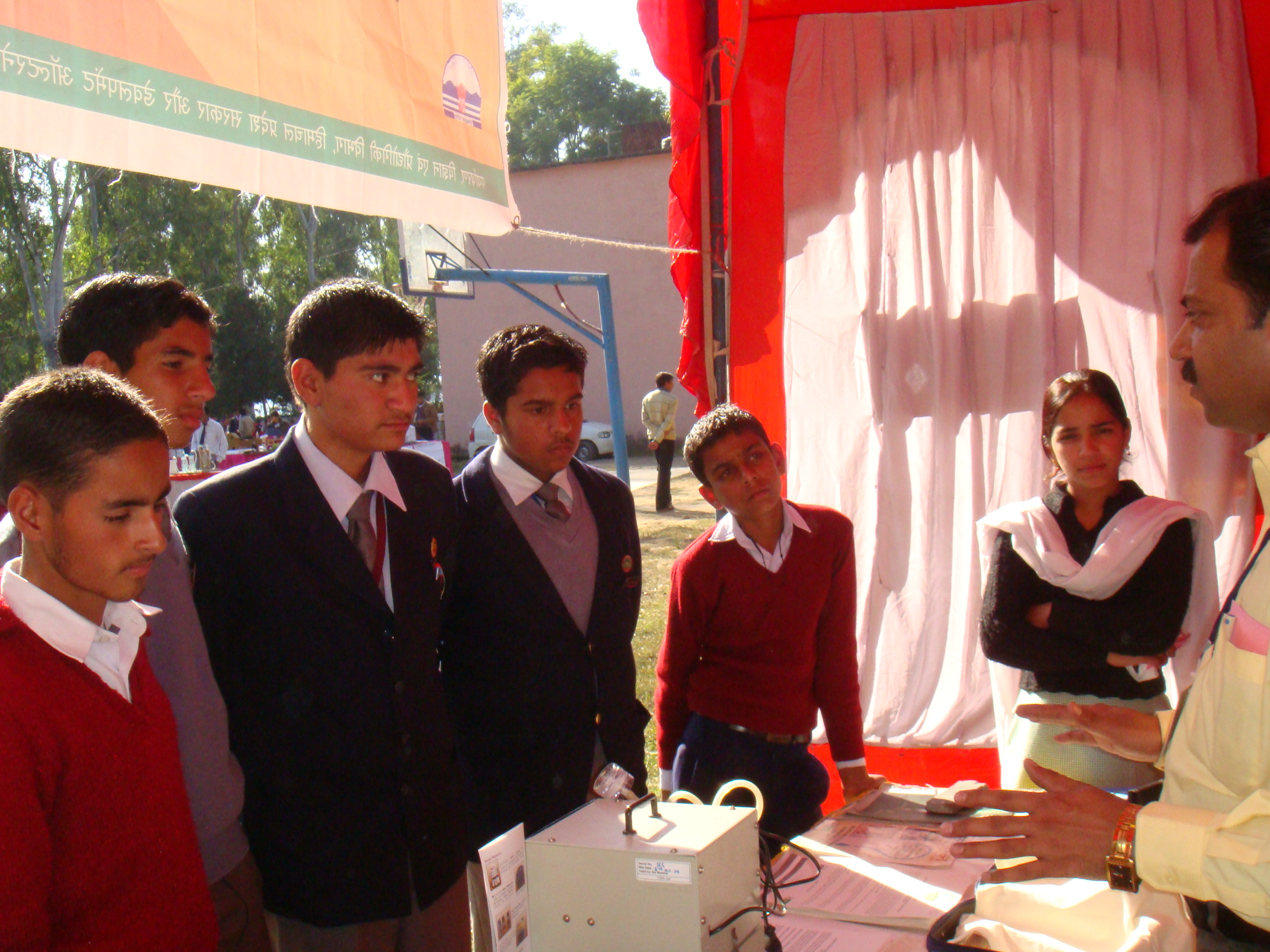|
CLAP -
Role of Youth and Children
From one day to
the next, in order to survive, human beings are joined in the most
intimate of relationships. The irony there is how little time is spent
in thinking and carrying out this relationship! As you may have guessed,
I am referring to our tight connection with the natural world. This lack
of attention, however, is not likely to continue, for the rapidly
growing world population and the increased use of energy consuming
technologies are putting unprecedented pressures on Earth’s carrying
capacity.
Each one of us is sowing a few seeds eventually leading to a global
disaster. In going about our daily lives, each one of us causes
greenhouse gases to be emitted. Inefficient use of energy and natural
resources generate greenhouse gases that contribute to climate change.
Despite the powerful communication potential of our technological age,
most information that comes across is fragmented, thus limiting the
possibility of organising strategies for scaling up youth volunteering
or sharing effective practices within their routine livelihood
activities. The lack of information limits public awareness as to the
importance of investing in and supporting programs that involve youth in
volunteerism.

It is now time to stop just talking and try a little practice instead. I
feel we also should start with individuals. If at a personal level we
realise the importance of protection of the environment, it will be
easier to maintain a difficult organisation of youth movement all over
the world. We should clearly understand - it is only our generation that
still can and must save our planet!
In this context, “Community Led Assessment, Awareness, Advocacy and
Action Programme” (CLAP) for Environment Protection and Carbon
Neutrality in Himachal Pradesh is based on a mission to develop Himachal
Pradesh as the first climate resilient State by mobilizing community
responsibility for environmental assessment, environment protection and
carbon neutrality. The mission seeks to mitigate environmental
degradation which can be seen in terms of increased levels of air
pollution, water pollution and depletion of water tables, reduction in
forest cover and imbalance of biodiversity and certain other problems
being faced by Himachal Pradesh. As a result, a number of serious
consequences have been seen in atmospheric imbalance, directly affecting
biodiversity and creating health hazards for humans as well as other
organisms.
Since the CLAP programme pivots around applied science(s) and people
participation, there is great scope for school students and youth to be
volunteers. Between the ages of 10 and 24 the youth have the opportunity
to participate in organised volunteer programs that blend effective
practices of leadership training, significant service to the community,
and reflection.
Above all, Eco-Clubs will provide opportunities to school students to
learn, validate and become aware of other family members & neighbours.
Since, students of High School (class 9 & 10, perhaps even class 8).
are quick learners, and have a basic idea of environment and knowledge
of analytical sciences with experimental mindsets, they are seen as
shoulders to rest on in future. They are expected to be pro-active and
demonstrate air, water and soil testing kits and maintain all results
for each parameter. Gradually they will involve other people who will
be trained to spread the technology at community levels.
Then again there is the most powerful and efficient manpower in the
number of Yuvak Mandals in the state, to disseminate awareness and
technologies and initiate actions towards sustainable development. Very
few have access to mentors or Community Resource Persons(s). Therefore
persons with some repute in the villages will lead the group to
streamline the interventions.
In a nutshell, school children and youth are our future and will play a
significant role as primary stake holders of the CLAP and will
contribute to achieve-
• Desired community networking.
• Attitudinal change.
• Sustainable and replicable environment improvement models.
q
Vishal Rastogi
vrastogi@devalt.org
Back to Contents
|